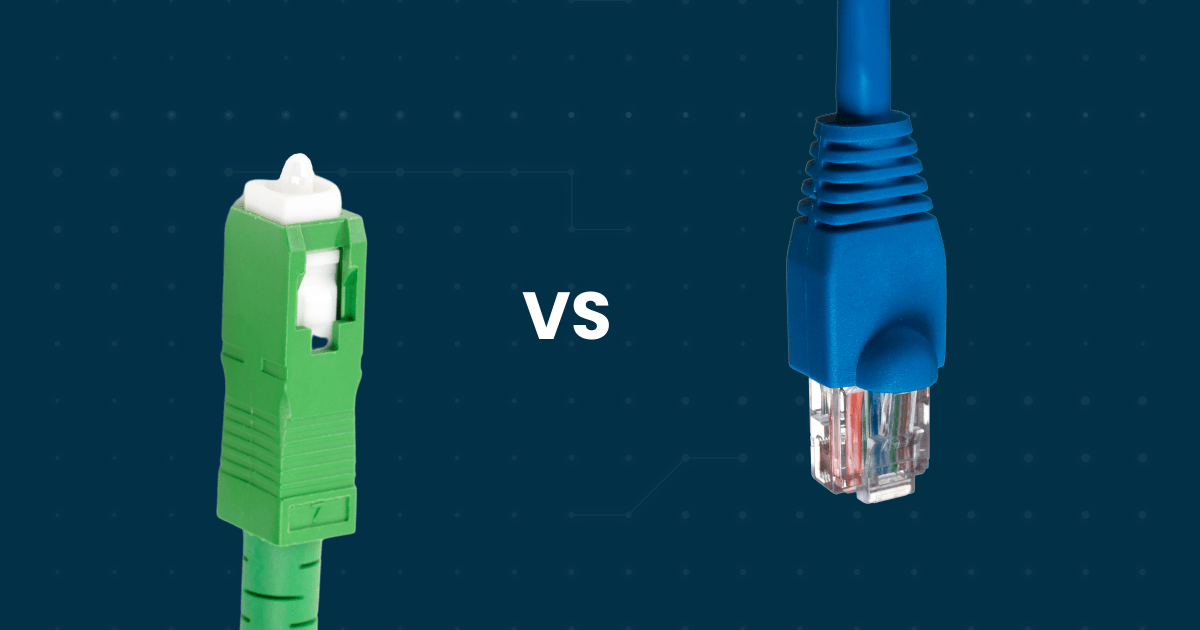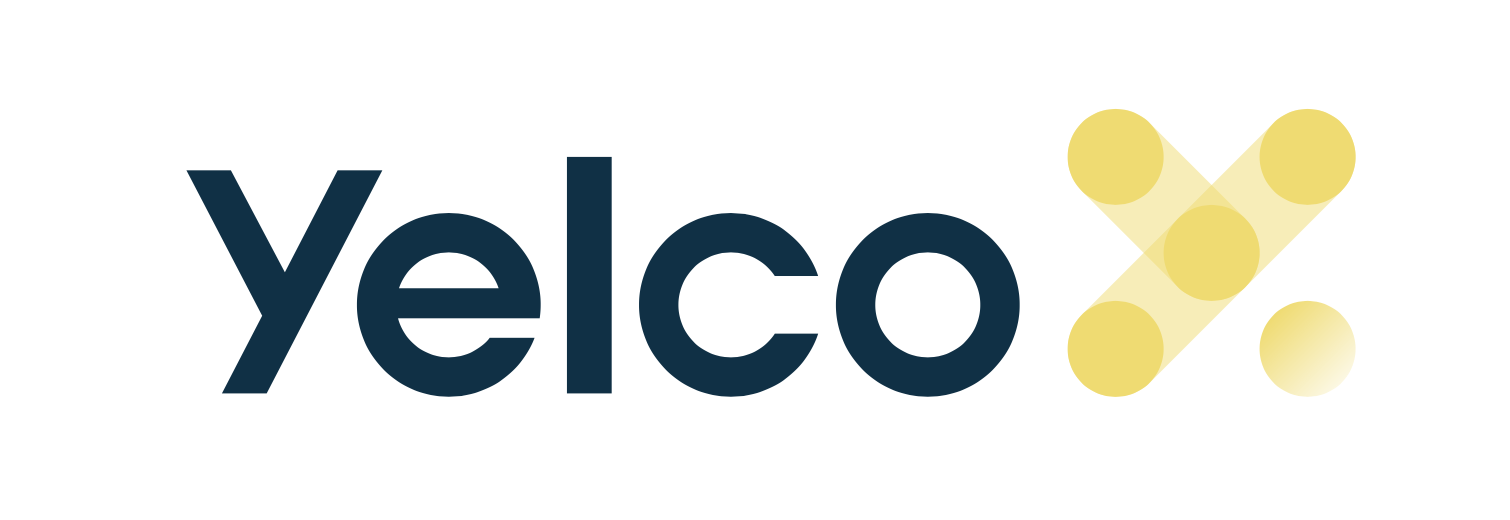GPON VS Active Ethernet: How CTO's should evaluate those technologies for an efficient deployment

The growth of fiber optic networks is happening everywhere. This is due to the characteristics that fiber has such as the capacity to provide more bandwith to carry more data through the cables, faster than any other type of telecommunication network. It also can reach longer transmission distances, has improved latency, greater security and higher resistance.
Differences between GPON and Active Ethernet
This subject falls under the FTTH banner with the common denominator being undoubtedly the limitless bandwidth of optic fiber used in selecting the right enterprise fiber package. These are two different fiber technologies (Topologies) deployed to satisfy customer needs. They are two options that utilize a software-defined management system however, there is one significant difference, GPON uses optical splitters (passive), and Active Ethernet (AE) uses electrically powered switches (active). Having said this, AE can be used for high-demand users and GPON architecture used for less data-driven users.
Active Ethernet
With Active Ethernet you have your own fiber (point-to-point) to your house from the telecom hub, so you do not share your fiber with any other subscriber. This, however, comes at a higher cost than a GPON connection. However, for businesses that require high-bandwidth internet, the cost may not be a deterrent since the speed and reliability are unmatched. The pros are higher performance 1:1 scalable connectivity, but the cons being more fiber is required with higher installation costs.
GPON
Today, GPON is ITU-T G.984 based and offers 2.4Gb downstream and 1.2Gb upstream. With GPON you share a fiber with anywhere from 4 to 64 other subscribers (Point-to-multi point), usually connected in local cabinets in the street. For future network upgrades it is muted that XG-PON or ITU-T987 is based on 10Gbs and will offer 10GbE bi-directional and up to 1:64 splits with no need to upgrade or replace the chassis. Due to a single line use for multiple clients in this configuration, GPON fiber package connectivity is cheaper. But on the flip side, the bandwidth is not stable since it is shared with other clients.
This system offers sustainable reliability as a cost-effective, broadband deployment solution. Multiple premises can be connected to a single OLT (Optical Line Termination) which dynamically allocates bandwidth to each subscriber ONT/ONU (Optical Network Termination/Optical Network Unit). The pros are easier deployment with lower installation costs and the cons being shared connectivity per port with limited scalability. Regardless, GPON continues to be favoured by service providers. It´s the most complex but also most reliable, cost-effective, and most easy-to-install fiber optic technology in the world and will continue to make a difference in this age of hyper fast connectivity.
You can read more about GPON in the article: What is GPON and How Does It Work?
What is the best option?
The challenges faced by operator CTO's when selecting the best technology in opting to deploy fixed-line networks is to decide on a shared passive or active network. The final decision is not straightforward and depends on several factors such as topography of the area, the split between high-density housing and the availability of existing outdoor network elements. A properly structured business case will often favour minimizing the overall investment so the cost-effective deployment and relatively low operational costs of the GPON architecture makes it a firm favourite. The case becomes stronger where there's a low household density and longer reach is required.
There are cases where an Active Ethernet solution, may be more suitable for typically high-rise urban residential scenarios or Multi Dwelling Units (MDU's), where existing twisted pair (copper) or coaxial cabling in the MDU network makes economic sense, when providing data access to the entire building, because pulling anything up the risers can be expensive. Since no MDU's are the same, the installations and retrofitting are unique and challenging. Retrofitting an MDU with fiber optic cable is still costly and may save MDU investors' money without sacrificing services.


